PRODUCTS

Add:No. 58 Fangbei Rd, Shijiazhuang 050011, Hebei province, China
Tel:+86 311 85319106
+86 13703116356
Fax:+86 311 68090963
Mail:hbkctc@sina.com
Factors affecting the graphitization of cast iron?
What is cast iron graphitization, why is cast iron graphitization, and what are the factors for marketing cast iron graphitization?
The process of precipitation of carbonized graphite in cast iron is called graphitization.
First, the graphitization process of cast iron
The formation of graphite in cast iron is called the graphitization process. The basic process of formation of cast iron is the formation of graphite in cast iron. Therefore, understanding the conditions and influencing factors of the graphitization process is very important for mastering the microstructure and properties of cast iron materials.
According to the dual state diagram of Fe-C alloy, the graphitization process of cast iron can be divided into three stages:
The first stage is the liquid phase hypoeutectic crystallization stage. The method comprises: directly crystallizing primary graphite from a liquid phase of a hypereutectic composition, crystallizing austenite and graphite from a liquid phase of the eutectic composition, and decomposing by primary cementite and eutectic cementite at high temperature annealing. Graphite.
The intermediate stage, the stage between the transformation of the eutectic transformation hypoeutectoid. The graphite formed by decomposing secondary graphite and secondary cementite directly from austenite in this temperature range is included.
The second stage is the stage of eutectoid transformation. Including the co-folding transformation, the formed eutectoid graphite and the eutectoid cementite are decomposed to form graphite when annealed.
Second, the factors affecting the graphitization of cast iron
The structure of cast iron depends on the extent to which graphitization is carried out. In order to obtain the desired structure, the key is to control the extent to which graphitization proceeds. Practice has proved that the chemical composition of cast iron, the cooling rate of cast iron crystallization and the overheating and standing of molten iron affect the microstructure of graphitization and cast iron.
1. The influence of chemical composition
Among the common C, Si, Mn, P, and S in cast iron, C and Si are elements that strongly promote graphitization, and S is an element that strongly hinders graphitization. In fact, the influence of each element on the graphitization ability of cast iron is extremely complicated. The influence is related to the content of each element and whether it interacts with other elements, such as Ti, Zr, B, Ce, Mg, etc., which hinder graphitization, but if its content is extremely low (such as B, Ce<0.01%, T< At 0.08%), they also showed a role in promoting graphitization.
2. The effect of cooling rate
In general, the casting cooling rate tends to be slow, and the more favorable it is to perform crystallization and transformation according to the Fe-G stable state diagram, and fully perform graphitization; otherwise, it is beneficial to crystallize according to the Fe-Fe3C metastable state diagram. Change, *** finally get white iron. In particular, in the graphitization at the eutectoid stage, since the temperature is low, the cooling rate is increased, and atomic diffusion is difficult, it is usually difficult to sufficiently carry out graphitization in the eutectoid stage.
The cooling rate of cast iron is a comprehensive factor related to the casting temperature, the thermal conductivity of the transfer material and the wall thickness of the casting. And usually these factors have the same effect on the two phases.
Increasing the pouring temperature delays the cooling rate of the casting, which promotes both the graphitization of the *** stage and the second stage of graphitization. Therefore, increasing the pouring temperature can make the graphite powdery to a certain extent, and can also increase the eutectoid transformation.
3. The effect of overheating and high temperature standing on cast iron
In a certain temperature range, increasing the superheat temperature of molten iron and prolonging the time of high temperature standing will lead to the refinement of the graphite matrix structure in the cast iron and increase the strength of the cast iron. Further increasing the degree of superheat, the nucleation ability of the cast iron is reduced, so that the shape of the graphite is deteriorated, and even the free permeation is caused, so that the strength is rather decreased, and thus there is a 'critical temperature'. The critical temperature depends mainly on the chemical composition of the molten iron and the cooling rate of the casting. It is generally believed that the critical temperature of ordinary gray cast iron is about 1500 to 1550 ° C, so it is always desirable to have a higher iron temperature.

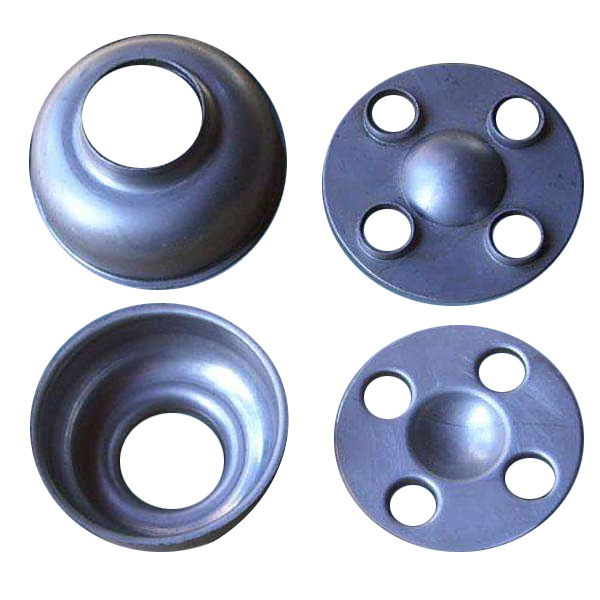
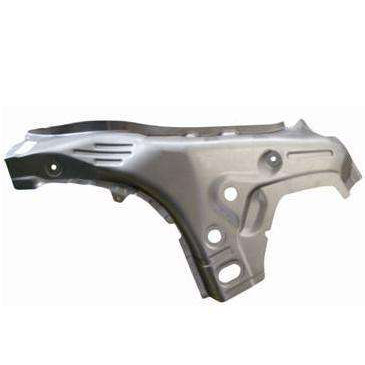
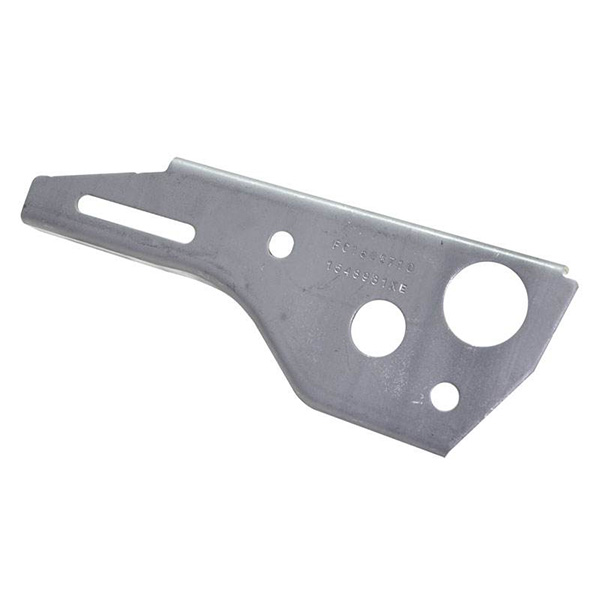
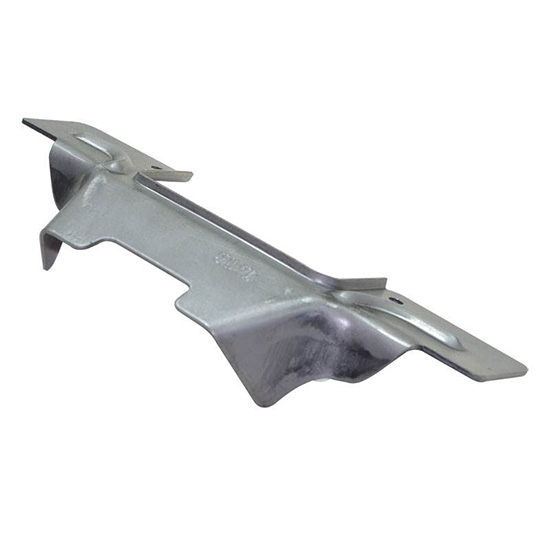
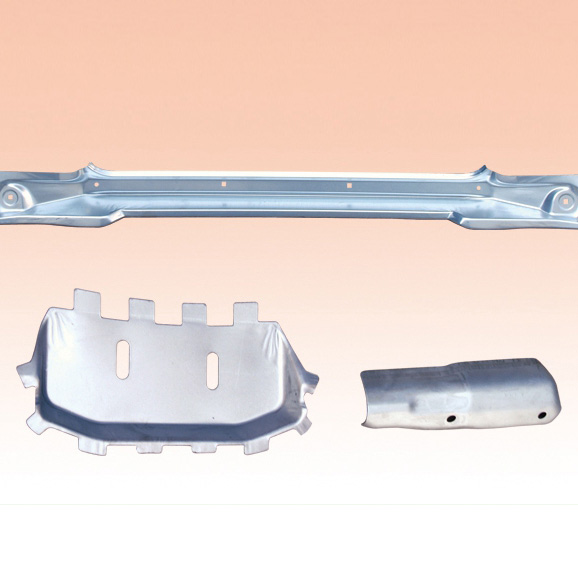
 Add:No. 58 Fangbei Rd, Shijiazhuang
050011, Hebei province, China
Add:No. 58 Fangbei Rd, Shijiazhuang
050011, Hebei province, China Tel: +86 311 85319106
Tel: +86 311 85319106  Mail:
Mail: